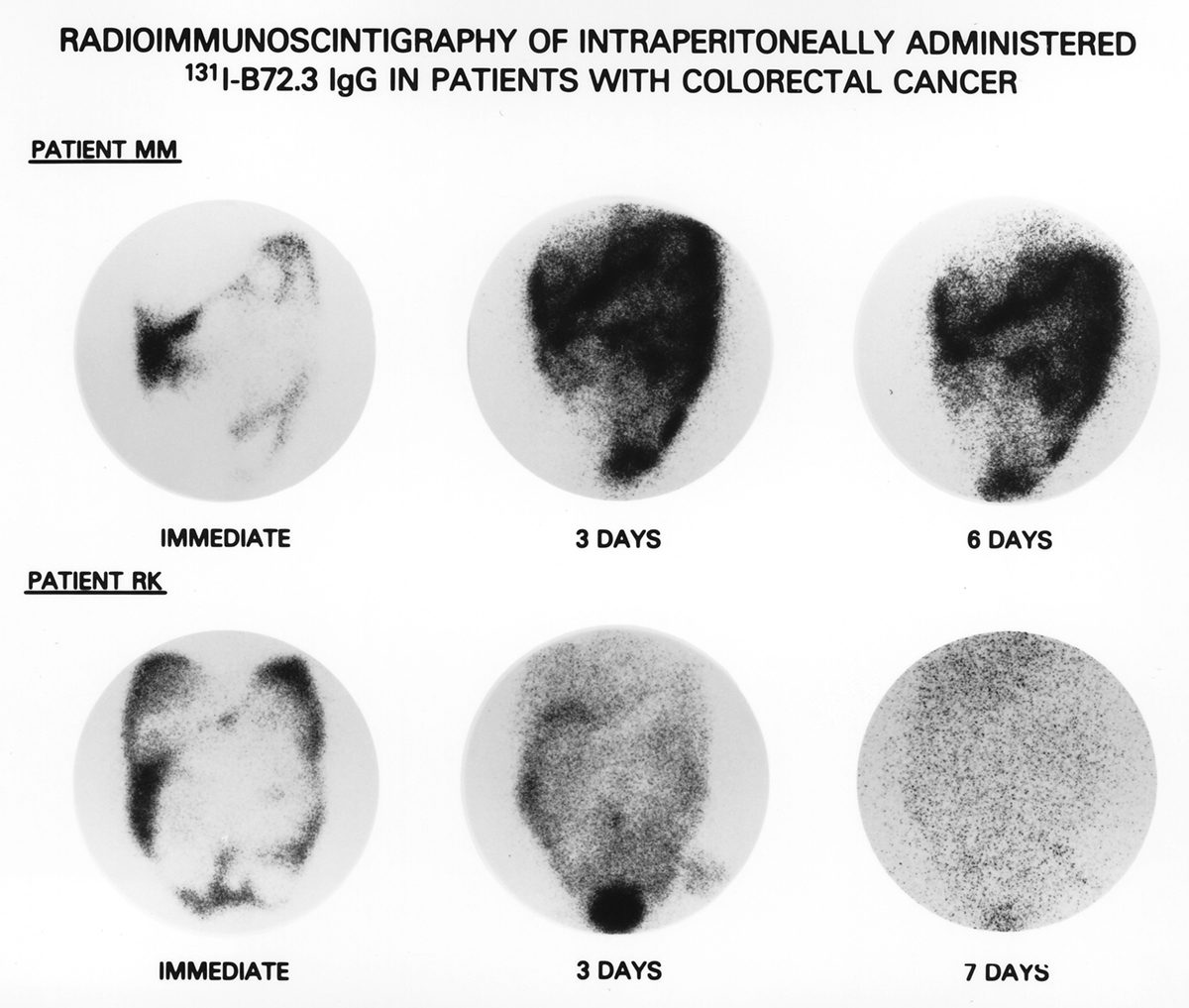
The gastrointestinal tract is a complex organ system with many organs all of which participate in the process of food preparation, digestion and finally absorption. Once some kind of gastrointestinal malfunction occurs or when symptoms and signs of the current disease point to the problem with certain parts of the gastrointestinal tract doctors opt for the available tests and exams in order to identify the underlying problem. As for the intestine, some conditions can be diagnosed with the assistance of plain X-ray, others require more complex approach such as CT scan or MRI while the most advanced technique which can be used in the diagnosis of bowel issues is definitely colonoscopy.
Colonoscopy Can Help with Bowel Irritation
Colonoscopy is a procedure during which the doctor evaluates the inside of the colon and takes samples of suspicious tissue, if necessary. All the mentioned is achieved with a tube called the colonoscope. It contains a tiny little camera and one line through which specialized instruments are inserted during the procedure. A colonoscope is a flexible, thin tube, approximately 3 feet long.
Not all patients with gastrointestinal symptoms undergo colonoscopy. This technique is primary indicated in patients who are suspected to suffer from colorectal cancer. Furthermore, colonoscopy is performed to confirm or rule out the presence of polyps in the lower portion of the gastrointestinal tract and is also essential for sampling the lining of the colon in patients suffering from Crohn’s disease and ulcerative colitis.
Apart from the mentioned colonoscopy is a diagnostic tool when there is unexplained bleeding from the gastrointestinal tract, changes in bowel habits, sudden and rapid weight loss as well as inflammation of the bowel.
In the end the, the procedure is indicated in patients who have already been confirmed and treated for colorectal cancer when doctors check for the recurrence of the disease and similarly in individuals who have already been removed polyps from the colon but are at risk of developing colorectal cancer in the future.
How is Procedure Done and What to Expect after?
Colonoscopy requires specific preparation. One of the most important aspects of such preparation is complete emptying of the colon (stool elimination) which provides with better insight in all parts of the large intestine. Patients should follow a liquid diet, are prescribed laxatives or enemas. The drugs are used for up to a couple of days prior to the procedure. Even though such regime of cleansing the colon is accompanied by the occurrence of diarrhea, one should understand that this approach will definitely clean the entire colon and the organ will be fully prepared for the examination. The night before colonoscopy patients should not eat anything and at some point they should also discontinue fluids. In case the preparation is incomplete, some changes of the mucous membrane of the organ can be easily overlooked.
The procedure takes place in a hospital, clinic or in a doctor’s office and is always carried by a specialist. Prior to the procedure patients are asked a set of questions. Among these there are questions regarding potential allergies to medications, drugs patients are currently taking and questions regarding the preparation for the exam.
Patients should wear an examination gown and their vital signs are monitored throughout the exam. There is also an intravenous line for drugs that need to be administered during the procedure. For example, most patients are administered sedatives, the drugs which do not cause complete loss of consciousness but help patients relax and feel less discomfort.
Once lubricate, the colonoscope is inserted into the anus and slowly pushed towards the upper portions of the colon. Then, by slowly retracting the colonoscope doctor examines the surface of the colon and if necessary takes tissue samples.
When the procedure is performed on an outpatient basis, patients go home soon after they are done. Normally, they will not leave the facility immediately. Instead their vital signs and general health are monitored for a few hours and only if there are no abnormalities they may go home. The effects of sedatives soon wear off. Still, it is best to have someone who will drive you home.
The majority of colonoscopies are done without any additional problems. However, there is always a risk of complications. Cramping pain and abdominal bloating are frequently reported problems after colonoscopy. They develop due to air inflated during the procedure. The air is soon expelled from the colon and the aforementioned problems subside.
Also, if the doctor performs a biopsy, the patient should expect small amounts of blood in the bowel movements. Bleeding should stop after a day or two. If it continues, patients are due to consult their health care provider.
Finally, in rare instances the colonoscope may perforate the wall of the colon and precipitate peritonitis caused by introduction of the harmful bacteria present in the large intestine. This is a severe complications requiring prompt surgical correction.



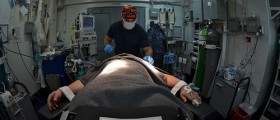

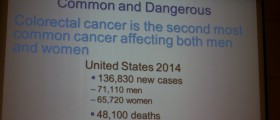






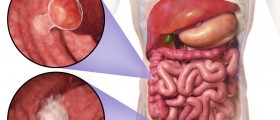


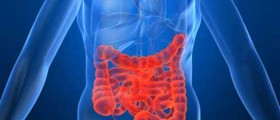

Your thoughts on this
Loading...